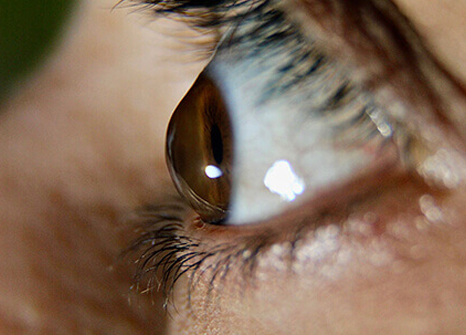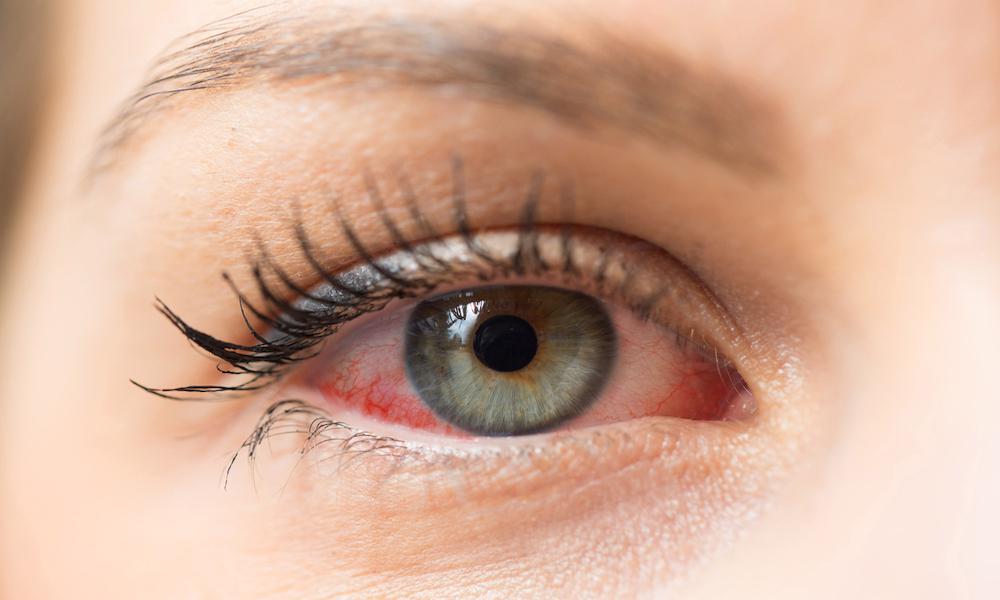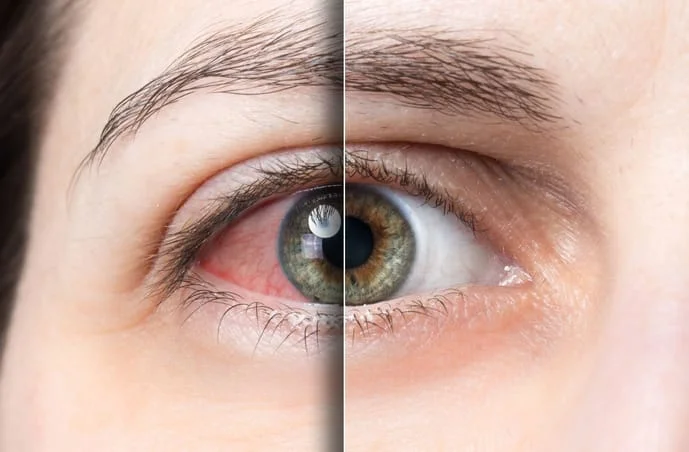Keratoconus can cause a variety of symptoms, and the severity of these symptoms can vary from person to person. Common symptoms of keratoconus include:
- Blurred or Distorted Vision: Blurred vision is a common early symptom of keratoconus. As the cornea becomes irregularly shaped, it affects the way light enters the eye, leading to distorted or blurry vision.
- Frequent Changes in Prescription Glasses or Contact Lenses: Individuals with keratoconus may find that their prescription glasses or contact lenses need to be changed frequently to maintain clear vision. The changing shape of the cornea can result in rapid changes in refractive error.
- Increased Sensitivity to Light (Photophobia): People with keratoconus may become more sensitive to light (photophobia), experiencing discomfort or glare, especially in bright sunlight or under certain lighting conditions.
- Difficulty Seeing at Night (Night Vision Problems): As keratoconus progresses, individuals may experience difficulty seeing in low-light conditions, such as at night. This can be attributed to the irregular shape of the cornea affecting light sensitivity.
- Halos or Ghosting Around Lights: The irregular corneal shape in keratoconus can cause light to scatter, leading to the perception of halos or ghosting around lights, especially in the dark.
- Eye Strain and Discomfort: The strain on the eyes to focus properly due to the irregular cornea can result in eye discomfort, irritation, or headaches.
- Difficulty Wearing Contact Lenses: Individuals with keratoconus may find it challenging to wear standard soft contact lenses. Specialized lenses, such as rigid gas permeable (RGP) lenses or scleral lenses, may be recommended for better comfort and visual correction.
- Changes in the Appearance of the Eyes: In some cases, the appearance of the eyes may change. This can include increased prominence of blood vessels in the cornea (corneal hydrops) or the appearance of a “conical” shape.
It’s important to note that keratoconus usually affects both eyes, but the severity can differ between eyes. Symptoms often start in late adolescence or early adulthood, and the progression of keratoconus can vary. If someone experiences any of these symptoms or notices changes in their vision, it’s crucial to seek prompt evaluation by an eye care professional for a comprehensive eye examination and appropriate management. Early detection and intervention can help slow the progression of keratoconus and improve visual outcomes.
Elevate your vision care with Dr. Seema, your trusted Ophthalmologist in Andheri! Whether you need a comprehensive eye examination, specialized treatment, or personalized advice on maintaining optimal eye health, Dr. Seema’s expertise ensures top-notch care.




